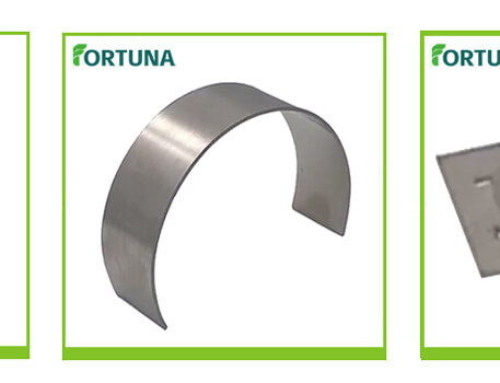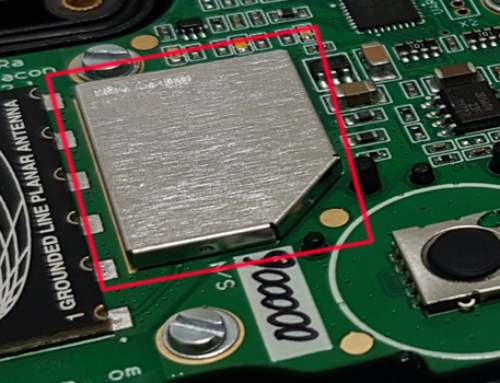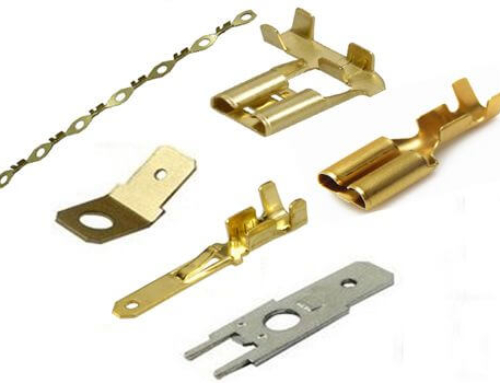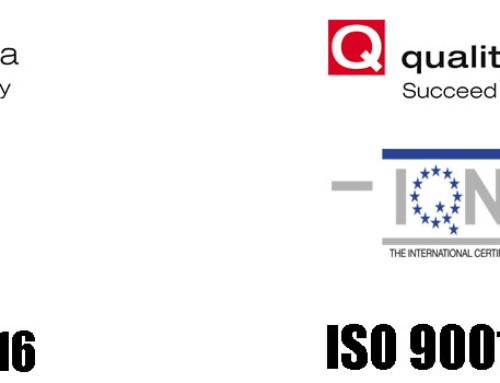Sheet metal fabrication general processing process
For any sheet metal part, it has a certain processing process, which is the so-called process flow. With the difference in the structure of the sheet metal part, the process flow may be different, but in general, it can be summarized as the following points:
Assembling: A process done by welding, binding with adhesives, and bending in the form of a crimped seam
Bending: A process done by hammering or via press brakes
Blanking: A process in which a part is cut out of the sheet metal, and the material around the part is discarded
Cutting: A process done by sawing, shearing, or chiseling with manual and power tools or torching with handheld plasma torches using computer numerical computer (CNC) cutters like lasers
Die cutting: A process that cuts metal pieces without the formation of chips or the use of burning or melting; also known as shearing
Fastening: A process using self-clinching tools like nuts, studs, spacers, access hardware, or cable tie mounts and hooks to provide torque resistance in applications where the sheet metal is too thin to be secured by other methods
Finishing: A process in which a completed metal project’s surface is altered to achieve a certain property, which includes improved appearance; adhesion or wettability; solderability; corrosion, tarnish chemical, or wear resistance; hardness; electrical conductivity; surface friction control; and blemish removal
Galvanizing: A process of applying a protective zinc coating to steel or iron to prevent rusting
Glazing: A process where two metals slide against each other to create a shiny, wear-protective layer of oxide
Hydroforming: A forming and fabricating process that uses a specialized type of die molding, which uses highly pressurized fluid to shape metals like steel, stainless steel, copper, aluminum, and brass
Metal punching: A process in which metal fabrication equipment punches holes, louvers, or a predetermined shape out of sheet metal
Milling: A process of using rotary cutters to remove material from a metal piece, advancing in a direction at an angle with the axis of a tool
Oxy acetylene welding: A process in which a tank of oxygen and acetylene combine with an adjustable torch to result in a precise, controlled flame used to heat metal
Roll forming: A constant bending process in which sheet metal, coil, bar, or strips of metal pass through rolls that form the metal
Shrinking: A process to remove small dents in which the direct damage isn’t severely stretched or torn and the hardness of the buckles isn’t severe
Spinning: A process by which a disc or tube of metal rotates at a high speed and forms into an axially symmetric part using a CNC lathe or by hand
Stamping: A high production process in which single or multiple punches, bends, and embossing perform simultaneously or in a progressive die
Stretching: A process that uses a hammer and dolly, a stretcher, or an English wheel to pull metal apart
Tucking: A method of shrinking metal by bunching it together through force using a crevice and spade hammer or a folding technique where the metal is bent at the edges with a homemade tucking fork.
From A to T, this short glossary details common sheet metal fabrication methods from start to finish.
Click below to get a quote of your sheet metal project.



